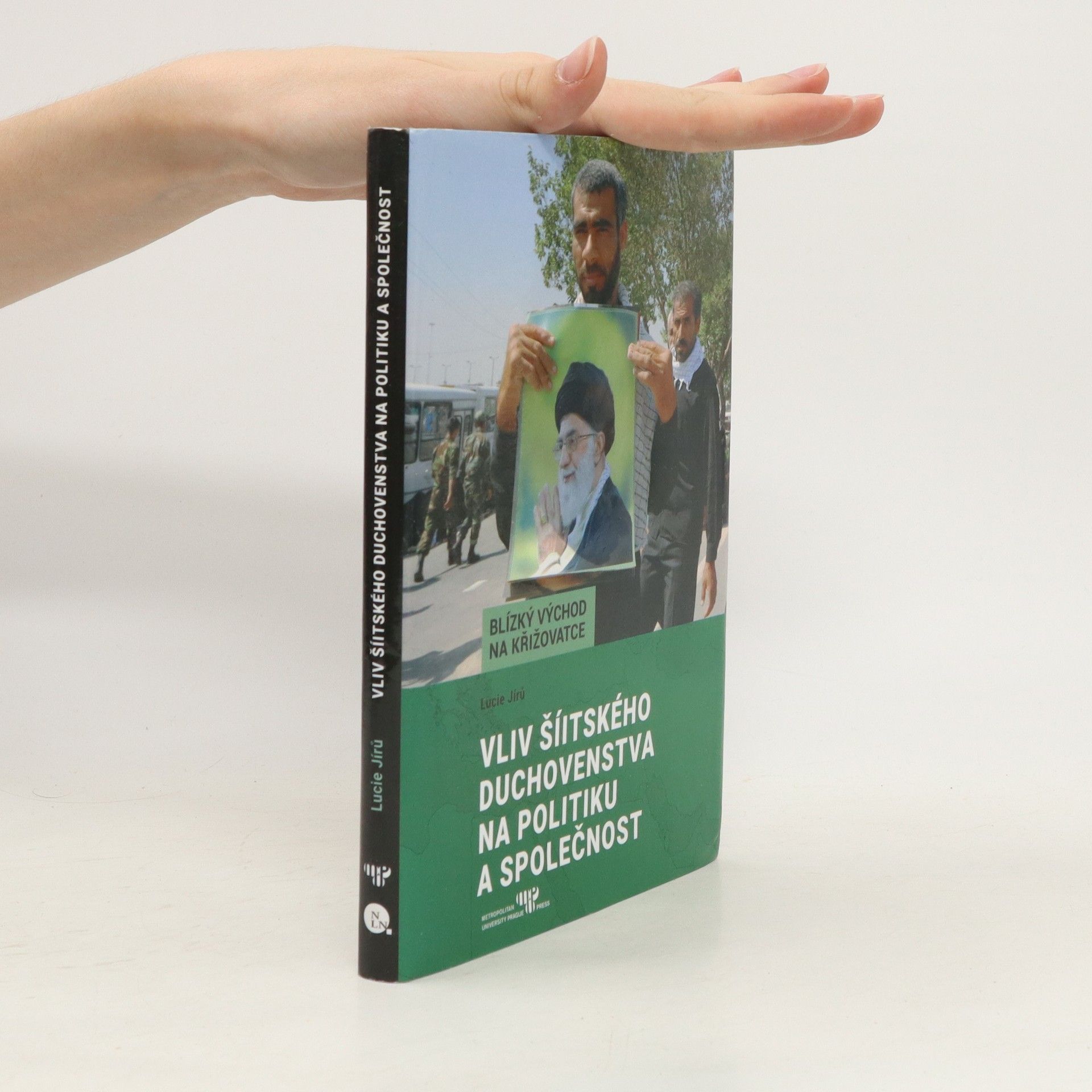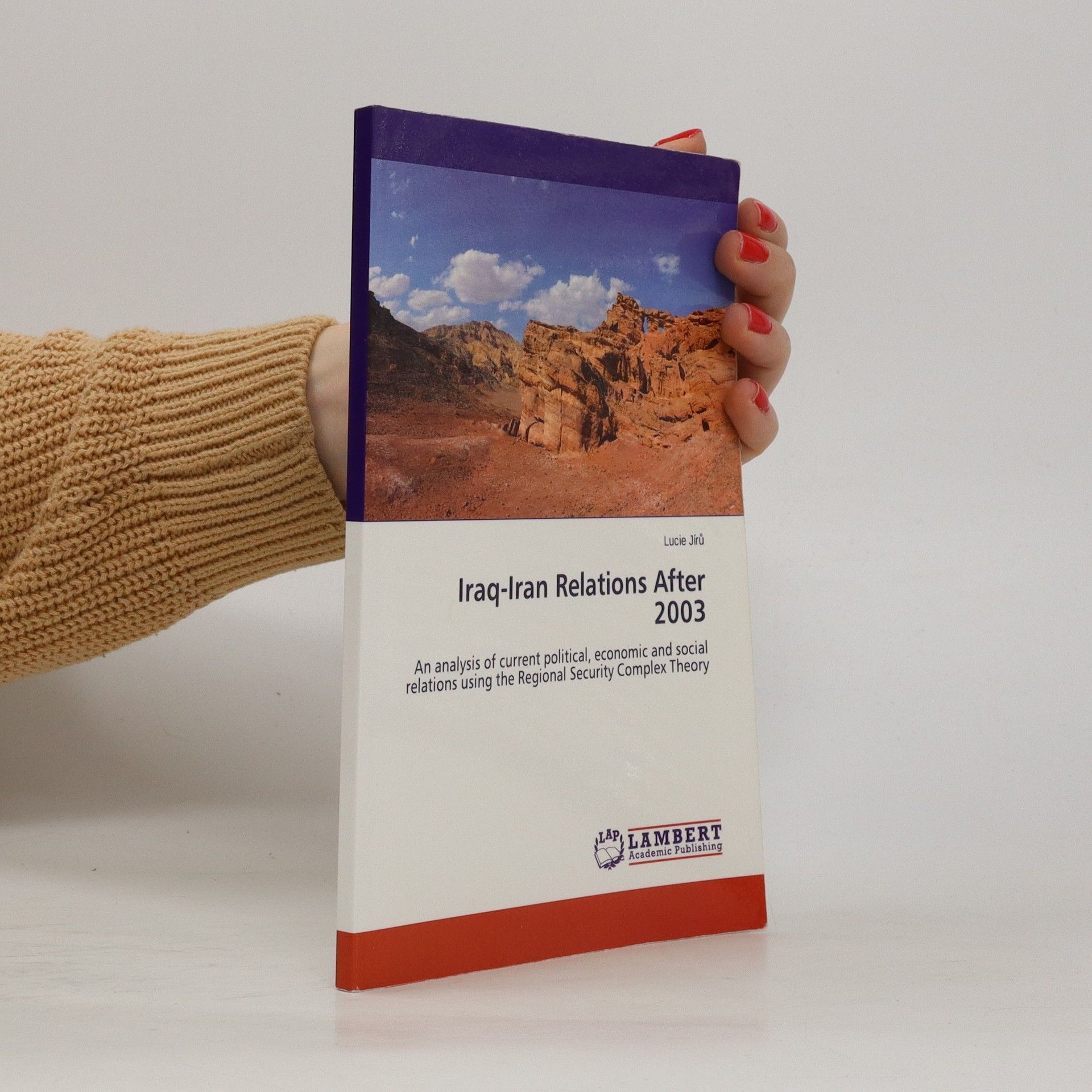After the invasion of Iraq in 2003 the Islamic republic of Iran and the Iraqi republic entered a new era of a relatively peaceful coexistence after decades marked by rivalry and enmity. In spite of the fact that Iraq had gone through a civil war and was virtually destroyed by the last Gulf War, it managed to stay intact, which worked to an advantage of its eastern neighbor and also to the maintenance of the regional security agenda as such. This work examines the Iraq-Iran relations after 2003 in terms of their political, military, societal and economic interactions utilizing the Regional Security Complex Theory. The Middle East Regional Complex and the Gulf sub-complex are examined throughout the past three decades. Iran has gained a strong position within the region and has been successfuly participating in the continuing recovery of Iraq; however, there still are some issues which may resurface in the future, taining the mutual relations of the two states. This work also describes the changing balance of power in the Middle East Regional Security Complex. The author dedicates this work to everyone, who is interested in fascinated by the Middle East region and its politics.
Lucie Jírů Books


Vliv šíitského duchovenstva na politiku a společnost
- 152 pages
- 6 hours of reading
Po svržení Saddáma Husajna v roce 2003 kontrolovaly americké a britské jednotky velkou část Iráku. Zatímco v sunnitských oblastech čelily sílícímu odporu, v regionech obývaných šíity se Američané i další zahraniční vojáci dlouho těšili když ne přízni, tak alespoň toleranci – toleranci, k níž šíity vyzval jejich duchovní vůdce ájatolláh Sístání. Zanedlouho tento klerik naopak americkým elitám překazil úmysly. Namísto jejich plánu, aby byl nový irácký parlament vybrán prověřeným sborem volitelů, prosadil Sístání skutečně demokratický princip: jeden volič – jeden hlas. Už jen tyto epizody dokládají význam často opomíjené politicko-společenské síly Blízkého východu – šíitského duchovenstva. Monografie Lucie Jírů shrnuje postavení šíitského kléru v novodobé historii regionu, a usnadňuje tak rovněž pochopení nynějšího dění.